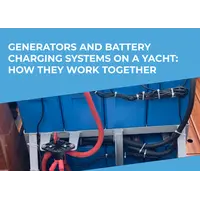What Are Boat Fenders
Fenders are protective devices that protect the ship's hull from damage during maneuvers such as regular mooring, joint mooring, rafting-up with other ships, passing through narrow straits, and most importantly while docking at the pier.
Strong waves, inertia, lack of experience in an unfamiliar place - all of this can lead to a collision with the walls of the docks, mooring piles, fenders or another boat, and the constant tides will continuously shake the yacht making it scratch its hull on other surfaces.
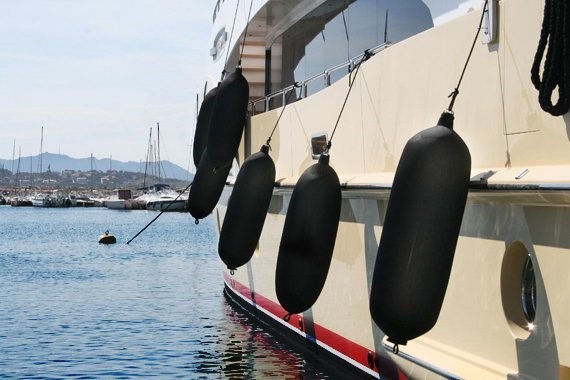
To address these situations, protective fenders of many types, sizes and materials used have been created over centuries. They are placed as a protective buffer on one board or around the entire perimeter of the hull. Dampers protect against friction, as well as absorb and dissipate impact energy.
Modern technologies have given us a number of flexible and elastic materials that are now actively used in the manufacturing process of fenders: rubber of energy-intensive grades, polyurethane foam with sheathing, polyvinyl chloride of various densities.
Depending on individual tasks, fenders can be for boards, bow, for masts, multi-purpose, for stern; at the docks, many berths are also equipped with protective bumpers. By type of construction, they are divided into:
- inflatable;
- hydraulic;
- pneumatic;
- combined;
- floating and tied.
Now let's try to understand all this in more detail.
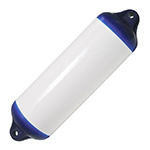 Cylindrical Fenders
Cylindrical Fenders 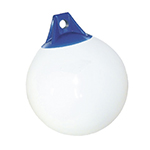 Round Fender
Round Fender 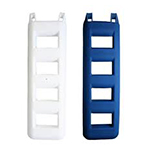 Ladder & Steps Fenders
Ladder & Steps Fenders 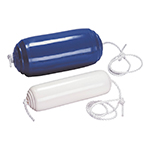 Thru-hole Fenders
Thru-hole Fenders 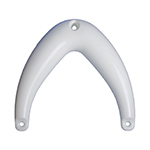 Bow & Stern Fenders
Bow & Stern Fenders 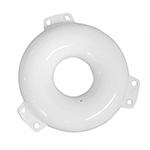 Ring Fenders
Ring Fenders 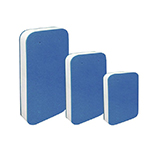 Cushion and Flat Fenders
Cushion and Flat Fenders 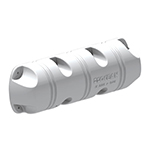 Dock Fenders & Accessories
Dock Fenders & Accessories 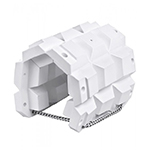 Pile Fenders
Pile Fenders Types of Boat Fenders
Ship to Berth (STB) Fendering
When performing maneuvers during mooring side-to at the pier, the protection is attached to one side or to both sides, if the marina has a lot of vessels docked. When mooring in general, a lot depends on individual conditions at the docks and weather conditions.
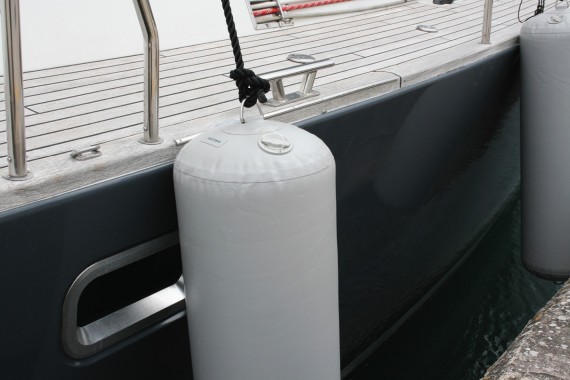
Of course, the farther the ship is from the walls of the pier, the better. Therefore, many people pay special attention to the diameter of the fender and that’s why large, ball-shaped fenders will always be in demand. Cylindrical, elongated shock absorbers are also in demand - they cover almost the entire height of the side, as a result of which the yacht does not care much about the ebb and flow.
In the case of stern mooring, Mediterranean style, the fenders are mounted on the transom of the ship, and if the harbor is full and there is a lot of active movement, also on the sides. Mounted spherical buoys are widely used. If the yacht has a modern cut transom or a swimming platform is installed, then special stern fenders are installed on it.
When mooring bow-to, special fenders protect the stem and that part of the hull that is closer to it. For the bow, a V-shaped corner is often used for almost the entire length of the stem, also fenders in the form of a three-dimensional boomerang, as well as towing fenders.
Ship to Ship (STS) Fendering
In the case of mooring next to another vessel or rafting-up, it is desirable that both of them have a set of fenders, which are placed at the points of contact between the yachts.
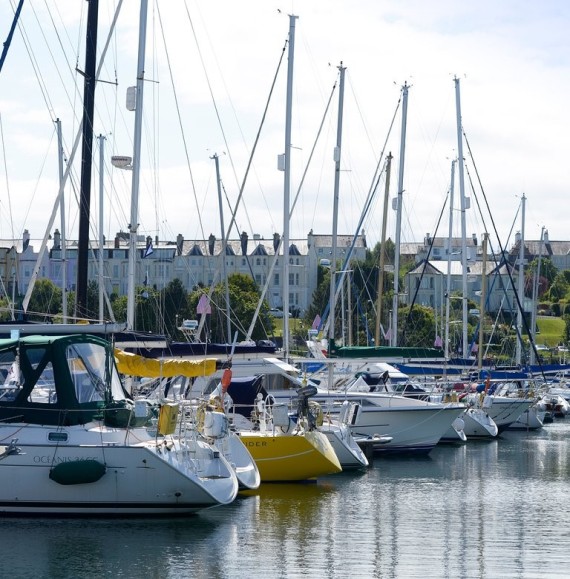
When docking on a boat with a low waterline, floating rubber cylinders can be used as a safety pad as well as long inflatable fenders made of PVC fabric. Some vessels with a slight curvature of the hull, such as catamarans, can be easier to dock in general.
If one vessel is higher than the other, then it is better to place a set of fenders - one above the waterline and the other below.
Attaching Fenders on a Boat
How Many Fenders Do You Need For a Boat
How many fenders do you need? There are no specific maritime rules regarding this issue - it largely depends on the dimensions of the vessel, the conditions at the docks and whether the captain is planning long trips and travels to unfamiliar places. For a small boat, a minimum of three pieces on one side is enough.
Usually, they are placed every two or three meters of the length of the hull, always one in the bow or stern when mooring side-to, many recommend having at least one pear-shaped fender of a large diameter. Standard set for a medium sized boat is 8 pieces, not counting specialized fenders for unique situations.
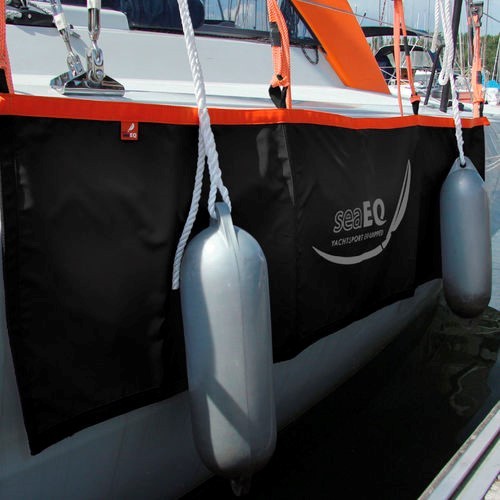
For example, docking next to uneven objects is a particular problem: the corners tend to push the fenders out of the way, with devastating results. The solution is to use a fender panel that covers the entire hazardous area.
In the table you will find standard calculations for the number of fenders for one side.
| Size of Boat | Fenders Per Side |
|---|---|
| 20-25 feet | 3 |
| 30-35 feet | 4 |
| 40-45 feet | 5 |
| 50-55 feet | 6 |
| 60-65 feet | 7 |
Most skippers prefer to play it safe and have a supply of fenders in case of an unforeseen situation or the loss of one or two of them.
Where to Attach Boat Fenders
The location of the shock absorbers also largely depends on the mooring conditions, the condition of the pier and the weather. After the required type, length and diameter of the fenders are selected, they are tied with ropes or cables - the more old-school example is car tires on the sides of tugboats.
In the case of using removable fenders, they are hung out at the level at which the pontoon to which you are mooring is located. For example, at the stations where it is often necessary to moor side-to, it may be necessary to place them either as high as possible, almost flush with the deck, or very low. When moored in equipped floating docks, fenders are often placed above the waterline.
Particular attention should be paid to bow and stern fenders. Many cylindrical dampers have two eyes and for good reason. Having installed the fender horizontally, it is placed on the corner of the stern and the owner of the boat can safely turn around and set sail.
The neglect of the installation of shock absorbers can cost many repairs of dents and chipped coatings.
How to Tie a Boat Fender + Video
Fenders are most often attached using ropes or cables - one end is tied to an eyelet, and the opposite end is attached to low-lying reliable structures on the vessel like railing. When tying to the handrails, they try to tie the other end to the lowest of them so that the rope is shorter and they don’t move much.
It may be a good idea to install special brackets for the free end of the cable or use special latches.
This is a fairly simple process and boaters do it thousands of times in their lives. Pay attention to the materials that ropes are made of, as well as their storage conditions.
You can't do without ropes whether it’s a PVC boat, a launch, or a yacht. For mooring, tying fenders and, most importantly, working with an anchor, knowing how to handle halyards is a must.
And the usual household rope is not suitable due to insufficient strength and short service life. It is desirable that the rope responds well to sea salt, water is durable and light. For example, Kevlar halyards are strong, but have issues when in contact with petroleum products.
You don't need long ropes. But since they constantly have to be tied and untied, the most reliable option is a soft cable with good friction. Ropes are recommended to be regularly rinsed in fresh water with soap, stored rolled up in coils in dry, ventilated areas.
What Knots to Use When Tying Boat Fenders
Yachtsmen most often use only a few types of knots to tie fenders, depending on what the free end of the rope is attached to.
Bowline is one of the most common and safest ways of fastening and tying. Sometimes referred to as the "king of knots" for its simplicity and versatility. It is a fixed loop at the end of a rope. It ties quickly and unties just as easily, even if it was under a lot of pressure before.
There are many ways to tie a bowline, where the end of the rope can be either inside the loop or outside. The easiest way is to attach the end of the rope to the main part and twist the rope so that you get a loop. Then wrap the end around the main part and push it through the original loop. This is a process that requires skill, but, nevertheless, is easy to remember.
Clove Hitch is a quick and secure self-tightening knot that allows you to adjust the height of the fender and can be tied with one hand. Worse suited for mounting on smooth surfaces like roof rails and the fender slips. Just in case, it is recommended to tie a safety knot right next to it.
Figure 8 knot. It is simple, does not damage the rope, and is often used as a safety knot. A line is first folded in half, forming a loop. At the base of the loop, the ends overlap each other. You move the lower part behind the upper, forming a kind of eight. The ends inside are pushed into the loop. After tightening the knot, a reliable and durable connection can be obtained.
The double fisherman's knot consists of two double simple knots, each tied around the free end of the other knot. It is considered very reliable and durable, but it is difficult to untie. Lay the ends of the two ropes parallel to each other. Tie a double simple knot with the working end of one of them around the root of the other. Tie a double simple knot with the running end of the second rope around the root of the first. Tighten both knots, and then pull them towards each other.
Boat Fender Shape
Let’s look into several types of both boat and dock protective fenders.
Arch
Arched bumpers are trapezoidal rubber structures with the option of attaching a low-friction front plate or steel front frame on the surface, as well as to integrate the fender into another structure.
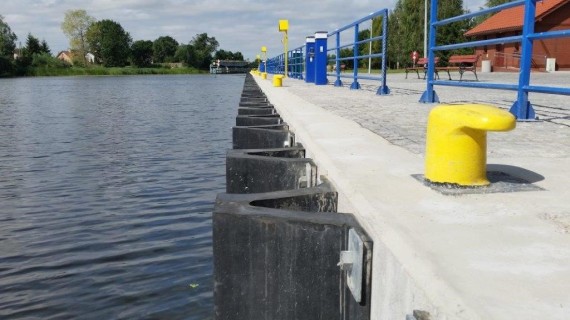
They serve as an additional buffer to improve the performance of cylindrical fenders. They are mainly used in quays and terminals for tugboats and cargo ships where simple, reliable and durable technical solutions are required. There are arches with an extended contact part where, in addition to the main advantages of arched fenders, it is necessary to add low pressure on the hull of the vessel.
Ball
One of the most demanded types of inflatable fenders. They have a large diameter and create a good distance between the hull or stern of the vessel and the walls of the berths. Usually they are made of durable and flexible PVC resistant to wear and weather conditions, most often they have one reinforced eye for fastening. Used for mooring side-to and stern-to, as marking buoys and as a hull support to turn around and set sail.
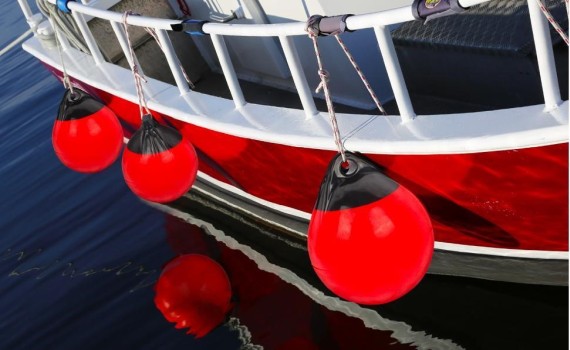
If you do not know the future conditions of mooring and refueling or long-distance voyages await you, then you should look at large-diameter fenders and have some spares onboard.
Cone
Cone fenders are the latest invention based on many years of marine experience - they are mooring fenders with molded rubber damping element. Due to their geometric shape, they have a very high inherent shear resistance.
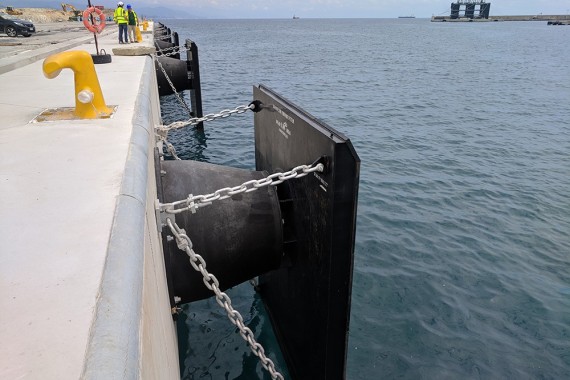
They are installed on piers, and in tandem with a front panel, they guarantee a minimum surface pressure on the ship's hull and a maximum reduction of tangential force on the fenders.
The high performance of cone fenders allows the use of smaller, cheaper fenders. Due to their dimensions, conical bumpers can be connected to the front panels without additional chains and weights. They provide high energy absorption and lateral stiffness.
Corner
An old simple design in marinas and piers for installation on open corners and edges of piers, also used in lock chambers and dry dock entrances. Usually made in different sizes and tailored according to different requirements of users.
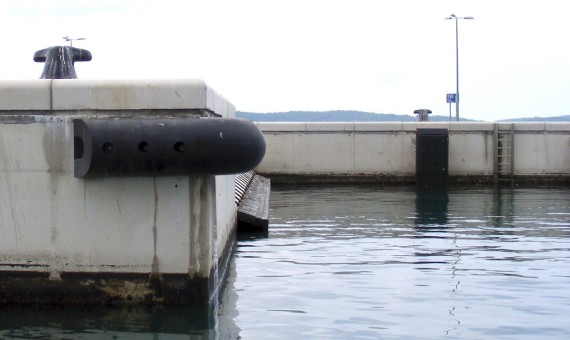
It has 90 to 45 degrees angled shape and protects ships from impacts when mooring or maneuvering nearby, most often made of dense rubber or polyurethane. The springy and durable construction ensures a long service life, quick and easy installation of corner fenders, they can be bright colored to attract attention and to mark a dangerous area.
Cushion
Flat fenders for boats in the form of sandwich panels, filled with dense foam or polyurethane foam. They range from very small and cheap to serious high-quality products of exceptional strength that can withstand pressure up to 12 tons per dm2.
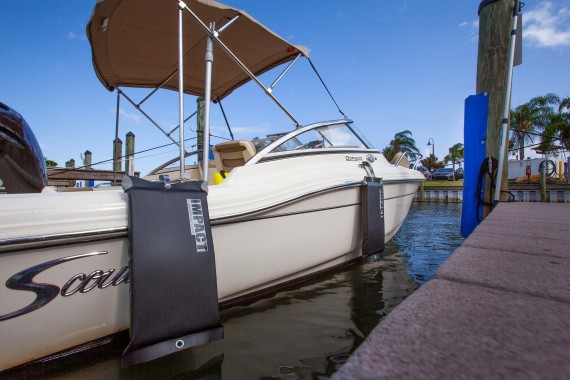
Fenders are often attached to the lifeline of a sailing vessel and do not require storage space while sailing, they are always in place and ready to use. If they are securely fixed, they will not fall into the water even during a strong wind. They are used for mooring if you have flat stern or when passing through narrow areas, also can be used as rescue airbags or pontoons to keep a ship's boat afloat.
In a situation where polyurethane foam in such a pillow is not protected from sunlight, for example, by sheathing made of PVC fabric, it begins to deteriorate under the influence of ultraviolet radiation.
Cylindrical
Perhaps the most popular type of side mounted fenders which can be found in any yacht club or boat harbor.
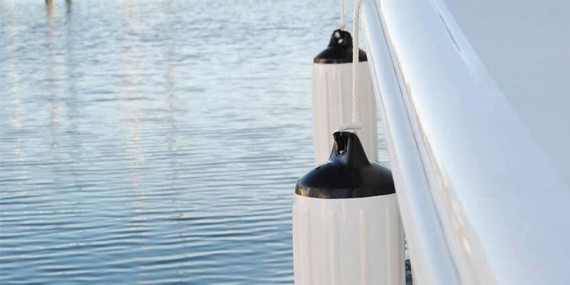
They combine a sufficient diameter and necessary length to protect the board almost to its entire height if the size is chosen right. There is always a suitable size from the huge range that manufacturers offer, including on our website. At stationary piers with strong tides, where the boat goes up and down, oblong fenders will insure the ship from damage and save the owner from paying for repairs.
Most often they are made of flexible PVC resistant both to weather conditions, sun and salt water, as well as to wear from friction and mechanical stress. Combination dampers can be found, where the mounting rings and upper parts are made of harder grades of PVC, and the body itself is made of a more flexible and shock-absorbing material.
D Fenders
The D-section fenders are widely used on tugboats and other professional vessels, as well as for mooring equipment. Fenders have both O and D-shaped inner diameters and are made primarily from extruded EPDM rubber.
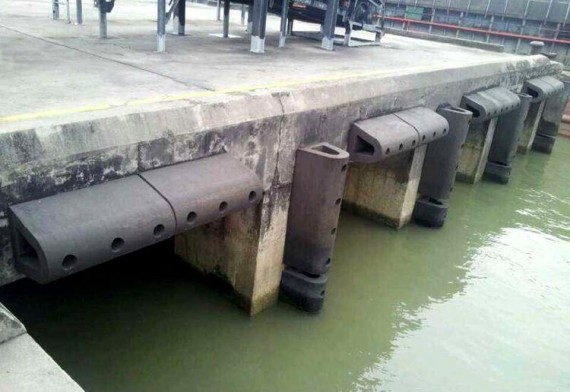
This provides bumpers with elasticity, inertness to chemicals and petroleum products, immunity to external factors such as temperature extremes and ultraviolet rays. D Fenders are available in many different shapes and sizes, both hollow and solid.
Floating Rubber
These are protective devices that are lowered to the surface of the water at the berths or between two other ships. These are cylinders connected by rigging chains and often with a reinforced metal frame. The fender is designed to mitigate the impacts of vessels by the sides during mooring and joint parking of moored vessels, when conducting reloading operations in the open sea. They are fit for ambient temperature from -30 to +45 °C and sea waves up to 7 points. There are three types:
- pneumatic fenders;
- rubber fenders;
- foam fenders.
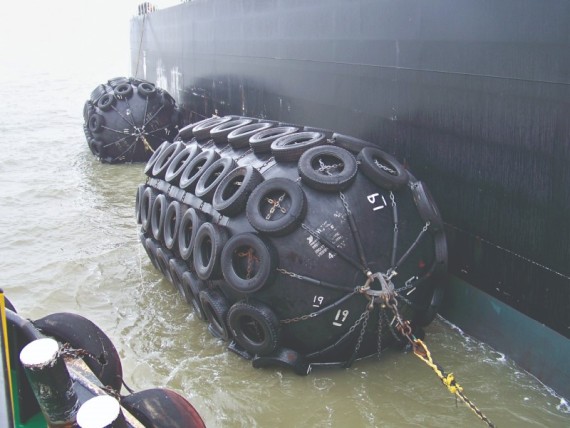
Their advantage is that they move with the tides and provide protection even in stormy conditions, maintain a large gap between the side of the ship and the pier, and their size guarantees low pressure on the ship's hull. There are floating damping cylinders specifically for small boats.
Foam Elastomer
Foam filled fenders are used in addition to both fixed and floating pneumatic fenders.
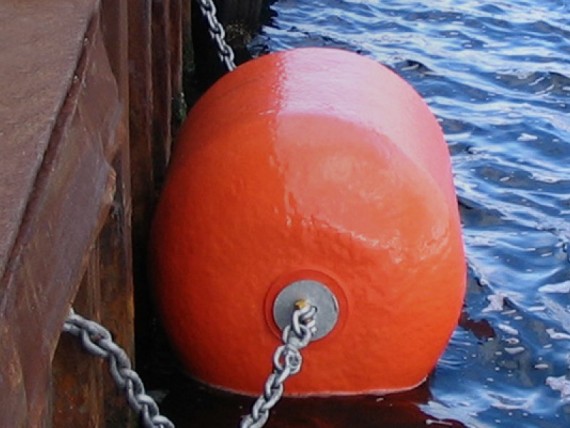
Fenders of this type are extremely reliable in operation, and even in the event of damage, their performance is not reduced, since the internal structure is made of solid foam and there is no need to maintain air pressure. If necessary, they are tied with chains or additionally supported using car tires.
They have an outer protective layer in the form of a polyurethane coating, which is stronger than rubber and a foam core, which ensures the unsinkability of the structure.
Keyhole
Simple and reliable fenders for ferries, tugs and dock protection. They are made of rubber, have an internal longitudinal hole for fastening, after which they received the name.
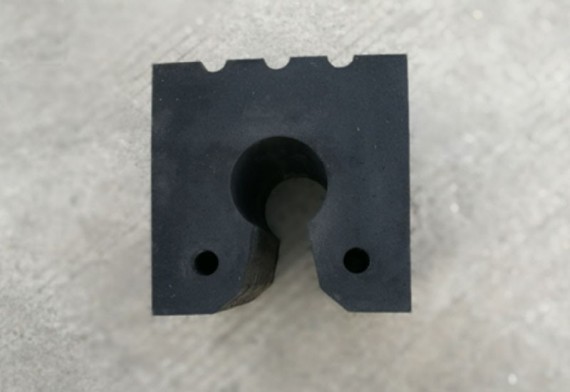
Due to the harsh working conditions of the tugboats, the fenders also endure intensive operation, high temperature and mechanical loads.
Solid Rubber
A strong rubber profile of various shapes, installed on berths and ships, has been common for a very long time and is found everywhere. Come across in conical shape, letter D profile, square, rectangular and rounded.
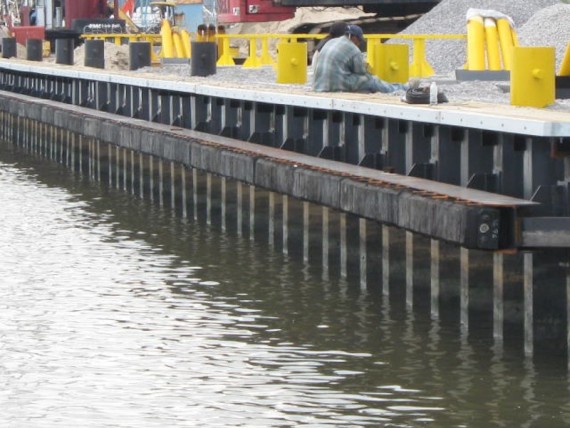
Used on all types of ships - from cargo ships to cruise ships, ferries and personal yachts, they are extremely durable, reliable and virtually maintenance free.
Tugboat
Fenders for tugboats are often used in harsh environments and are subjected to more intense and longer loads than other types of safety fenders. Up to four different types of dampers can be used on tugboats, each for a specific task.
- Cylindrical guards;
- pushing fenders;
- side fenders;
- transition blocks.
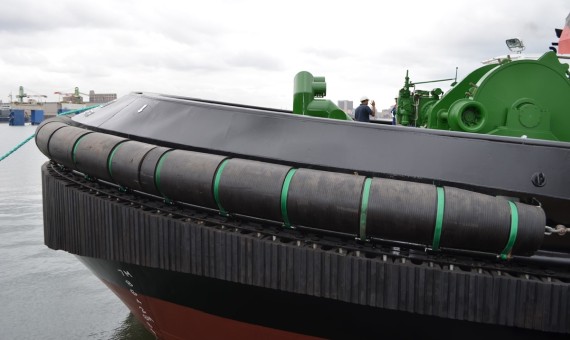
Pushing fenders are cubic or W-and M-shaped, they provide large contact surfaces for low pressure on the side of the vessel, and their serrated surfaces provide exceptional traction.
Inflatable Fenders
What Are Pneumatic Boat Fenders
Pneumatic or gas fenders are protective devices made of synthetic-cord-reinforced, which are filled with compressed air before installation as a shock-absorbing buffer. Modern materials provide reliable tightness and stability of the chamber.
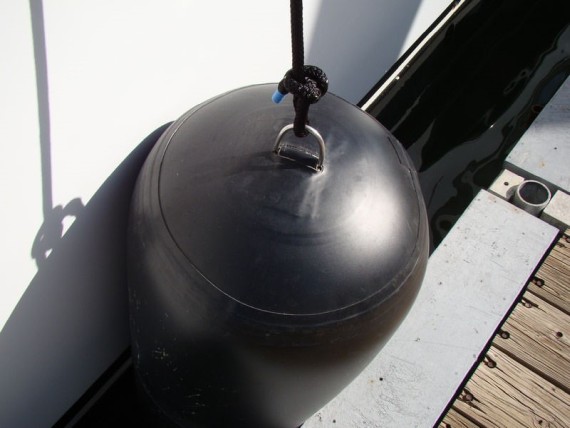
Now they have become so widespread and very popular because inflatable fenders are very light, they are easy to store and transport both on land and on the boat itself and can be switched quickly from one side to the other.
When deflated, they practically do not take up space and can be filled with air in a matter of minutes. They allow you to adjust the internal pressure and resistance force.
Available in a wide range of types and sizes.
What Are Hydro-pneumatic Boat Fenders
This is a special type of fenders that uses not only air to dampen impact energy, but also water. Hydro-pneumatic combined fenders have two shells. The inner one is filled with air, and the space between the shells is filled with water, which is displaced at the moment of compression.
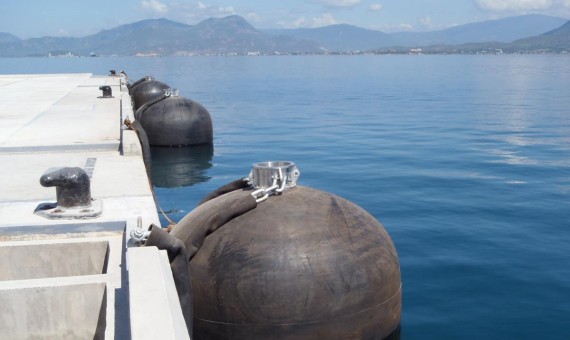
Such devices are often cylindrical in shape, suspended vertically, their buoyancy can be negative or positive, and water fills them completely or at half. Upon impact at the moment of mooring, the shell is compressed, pressure increases inside, and water is partially squeezed out through the existing holes, returning to normal afterwards.
They are used for private submarines, catamarans with a small active waterline area, on semi-sunk boats and on large ships. They provide more adjustable and reliable protection, but are a little more difficult to maintain than classic inflatable fenders.
How to Pump a Boat Fender
Filling the fenders with air is a fairly simple task if you have a compressor, mechanical or electric pump on hand.
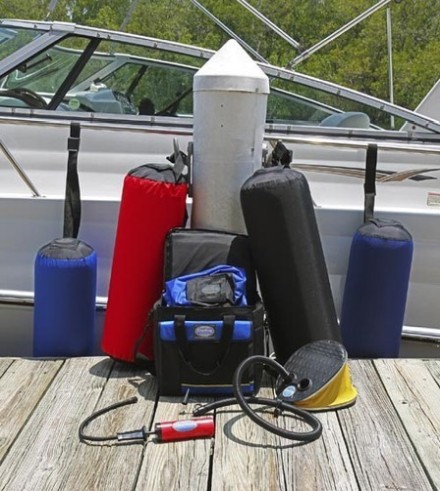
Most dampers have a valve for pumping air and many include an adapter when sold.
Sometimes you can see fenders that are pumped too much, to the point of deformation, especially in sunny and hot weather due to the air from the inside expanding the plastic PVC material. Such carelessness will cause rapid wear and shorten the life of the fender, so don't pump it rock hard.
The normal pressure inside the fender should be about 0.15-0.20 bar at 20C and if there are no measuring instruments nearby, you can test it with your finger - it should always leave a small dent and the surface should sag by 2-3 cm when pressed.
It is also worth checking the pressure and cushioning properties of the fender when moving from hot to colder climates.
Storage and Care
How to Store Boat Fenders
Modern fenders are quite unpretentious and do not require any special storage conditions. They do not rot and are not affected by microorganisms, so a dry, ventilated room or locker is enough on land.
It is worth keeping them away from open flames, and if dampers are made of foam, then also from direct sunlight. Anything that accelerates the aging and degradation of rubber and polyurethane foam is undesirable. It is better not to place heavy objects on the inflatable devices in the deflated state, under the weight of which they can be deformed or damaged. You can hang them on a rack or store them on a shelf.
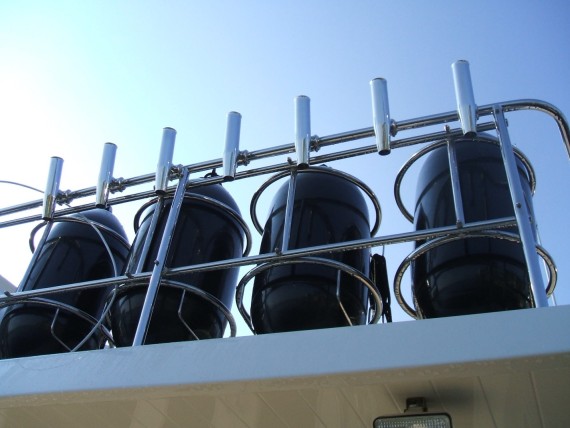
If your yacht is not very large and literally every square centimeter of space counts, then after going out to sea, you can simply deflate them and put them in a locker.
How to Wash Boat Fenders
If you do not use covers for fenders, then the fenders are more likely to get dirty, and sometimes covered in spilled oil products - they even start changing color if you are not careful.
Often, ordinary warm water is enough to wash the fenders from sand and mud using a brush or sponge, but in advanced cases, it is worth using mild cleaners, for example, liquids for washing car awnings or cleaning PVC surfaces. It is also worth making sure that the valve does not clog with debris and does not get moldy.



